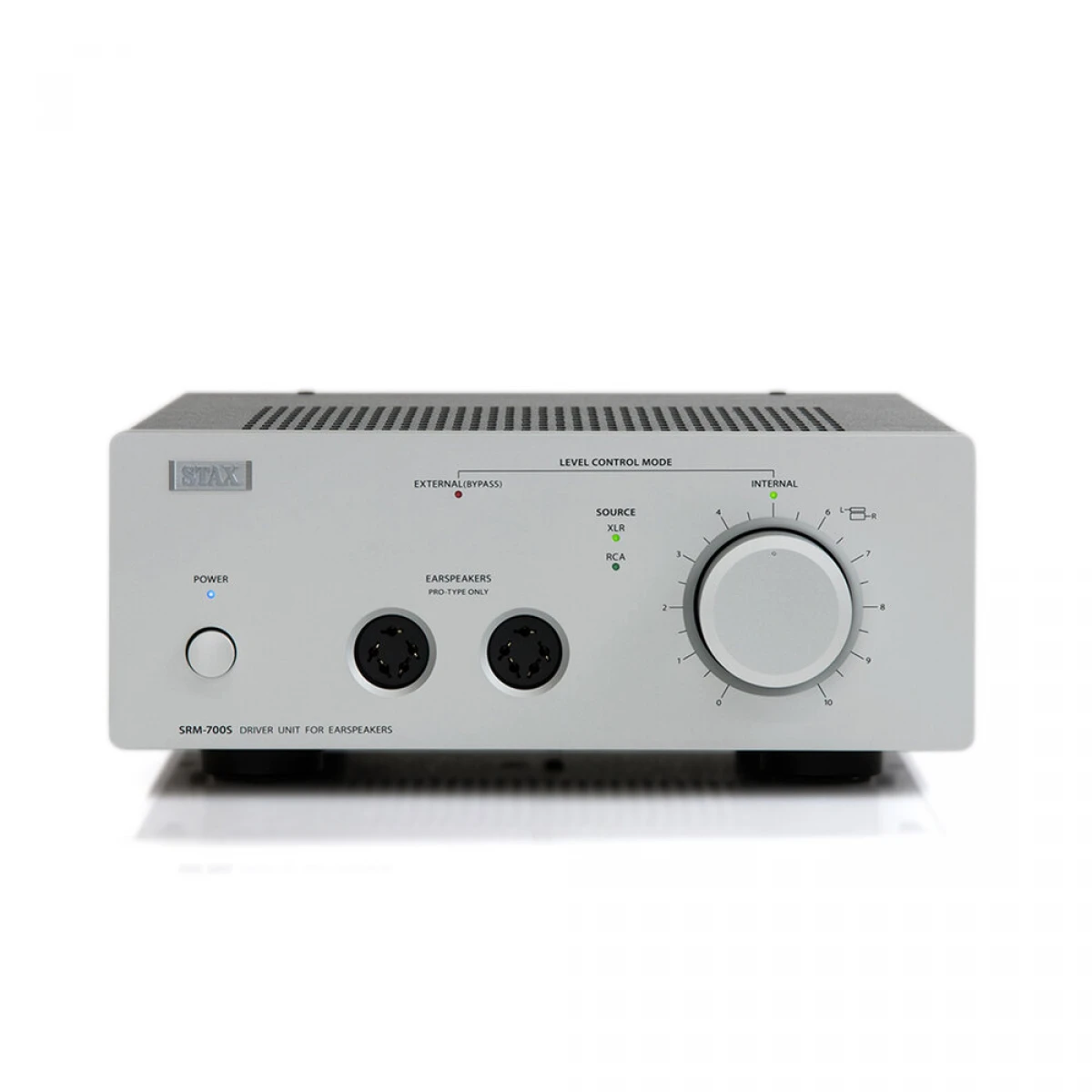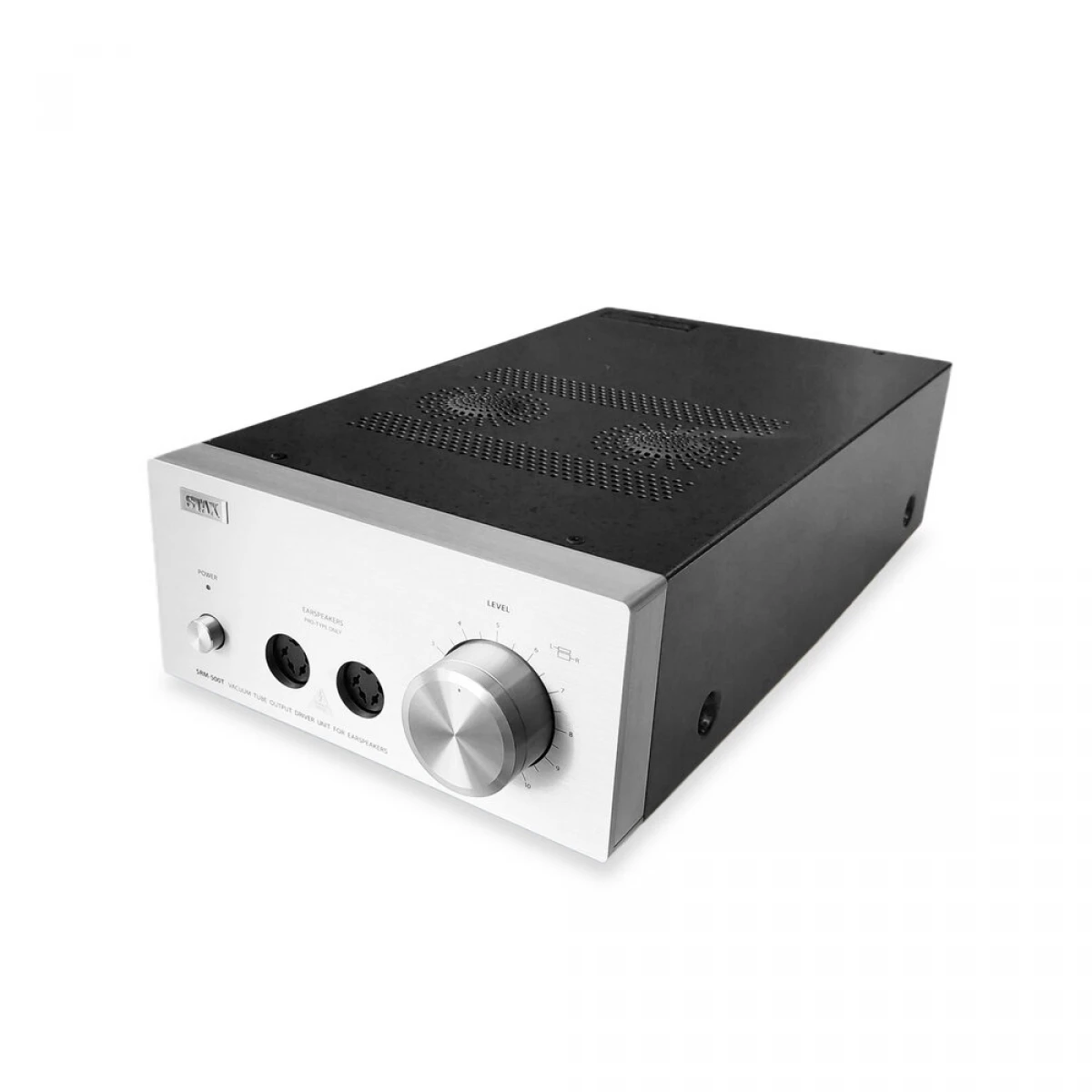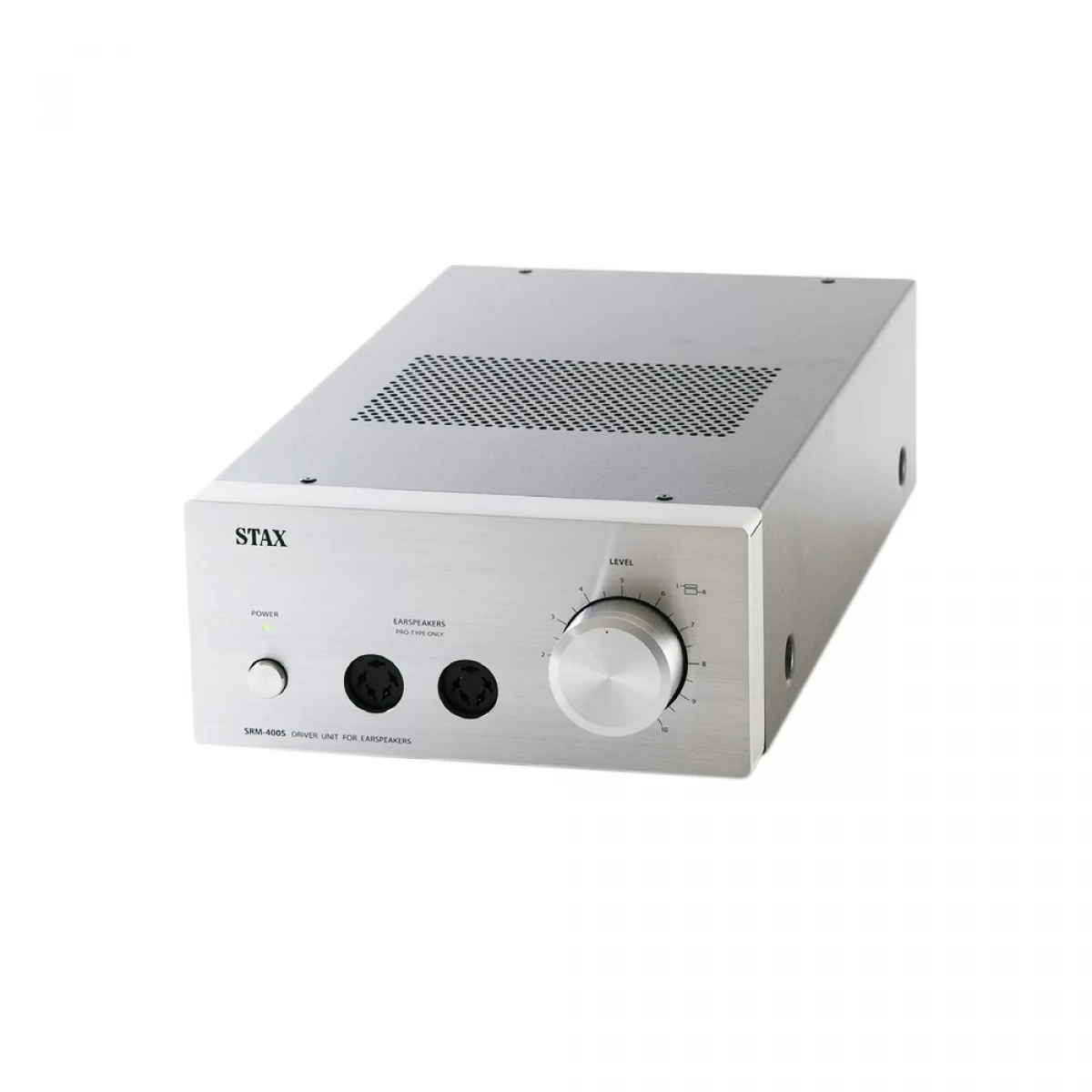Headphones amplifiers — Stax SRM-D50
Description, images, technical data and specifications
Stax SRM-D50
Image source — © Stax
The device has an all-aluminum body with a velvet surface finish. An energetic voltmeter on the front panel adds life when listening to music. The standard branded 5-pin connector is suitable for any Stax headphones. The high demands on sound have led to a careful selection of amplifier components.
Specifications
Model name
SRM-D50
Maximum Power, 32 Ohms (mW RMS per channel)
N/A
Maximum Power, 50 Ohms (mW RMS per channel)
N/A
Maximum Power, 300 Ohms (mW RMS per channel)
N/A
Maximum Power, 600 Ohms (mW RMS per channel)
N/A
Frequency response low +/- 3dB (Hz)
20
Frequency response high +/- 3dB (Hz)
40 000
Gain (dBu)
59
THD (% at 1V RMS, 300 ohms)
0.025
Signal to Noise Ratio (dB)
N/A
IMD (%, CCIR, 300 Ohms)
N/A
Crosstalk (dB, 20Hz-20KHz, 300 Ohms)
N/A
Output Impedance (Ohms)
N/A
Dimensions (mm)
192 × 67 × 268
Weight (kg)
4500
Official link
More components

Headphones amplifiers
Stax SRM-270

Headphones amplifiers
Stax SRM-700S

Headphones amplifiers
Stax SRM-700T

Headphones amplifiers
Stax SRM-500T

Headphones amplifiers
Stax SRM-400S


